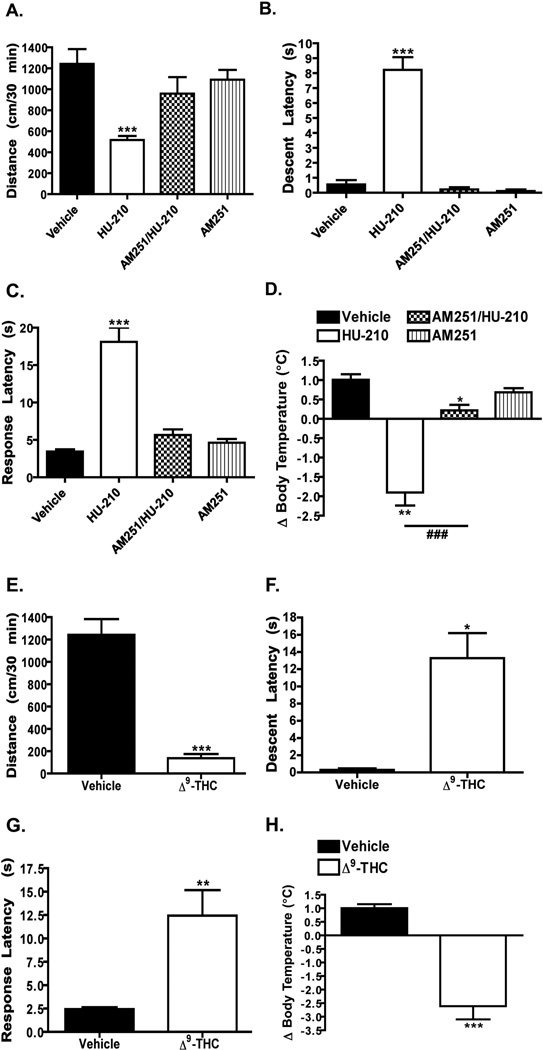Figure 2. Acute administration of HU-210 or Δ9-THC promotes the “tetrad” of CB1 receptor-dependent behaviors.
A–D) C57Bl/6J mice were administered vehicle, HU-210 alone (0.25 mg/kg i.p.), AM251 alone (3 mg/kg i.p. (A) or 5 mg/kg i.p. (B–D)) or AM251 at the same dose 15 min prior to injection of HU-210. Locomotor activity (A), catalepsy (B), analgesia (C) and body temperature (D) were measured as described in the “Materials and Methods” section. Quantification is presented as the mean ± S.E.M.; n = 9 mice for each treatment group. ***p < 0.001, **p < 0.01 and *p < 0.05, vehicle versus treatment groups by one-way ANOVA. # # #p < 0.001, HU-210 versus AM251/HU-210 by unpaired t-test. E–H) C57Bl/6J mice were administered vehicle or Δ9-THC alone (10 mg/kg i.p.). Locomotor activity (D), catalepsy (E), analgesia (F) and body temperature (H) were measured. Quantification is presented as the mean ± S.E.M.; n = 7–8 mice for each treatment group. ***p < 0.001, **p < 0.01 and *p < 0.05, vehicle versus Δ9-THC by unpaired t-test.

